The photographers and picture editor behind National Geographic’s August cover story share their approach to reimagining one of the world’s most-photographed structure
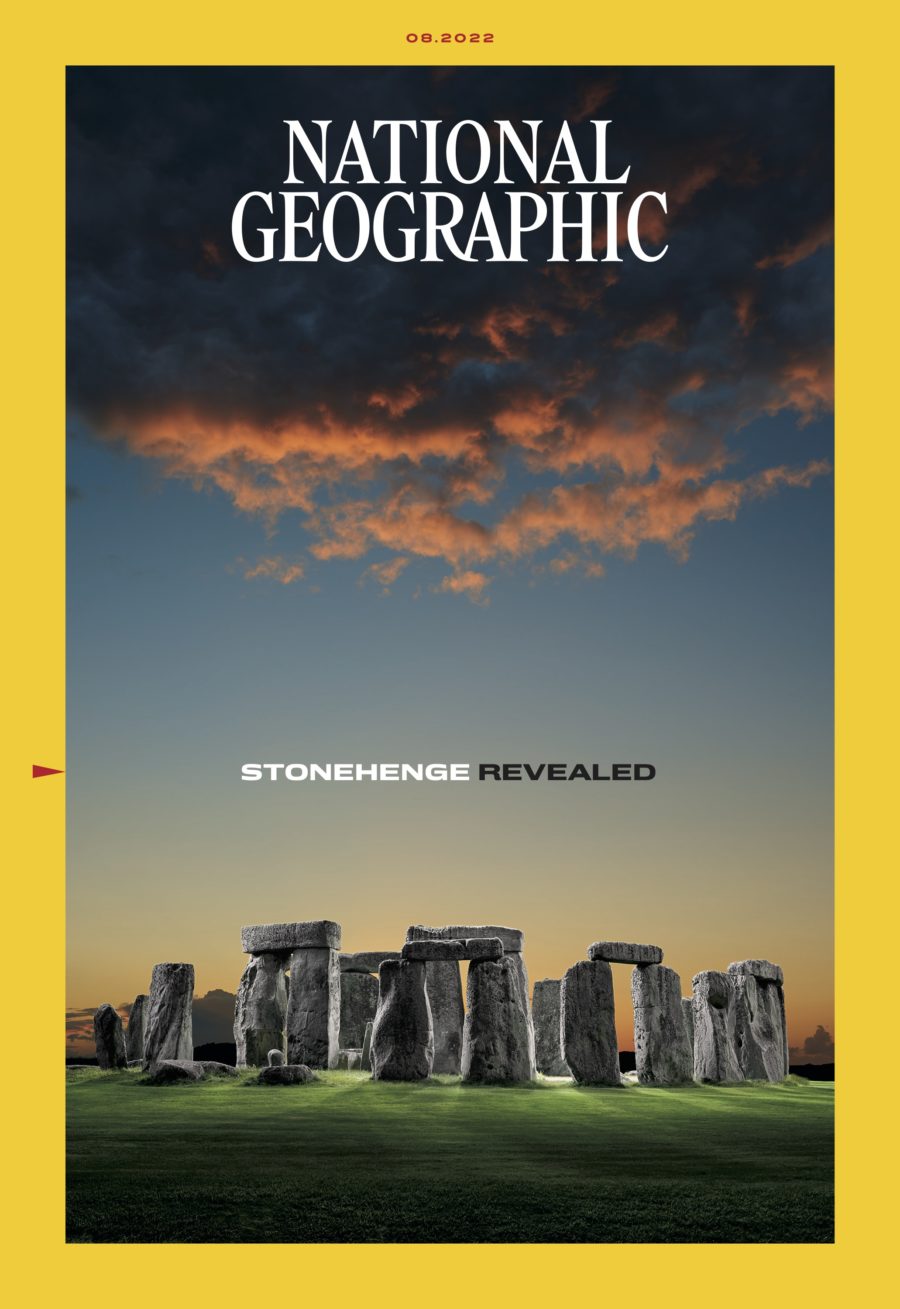

The photographers and picture editor behind National Geographic’s August cover story share their approach to reimagining one of the world’s most-photographed structure
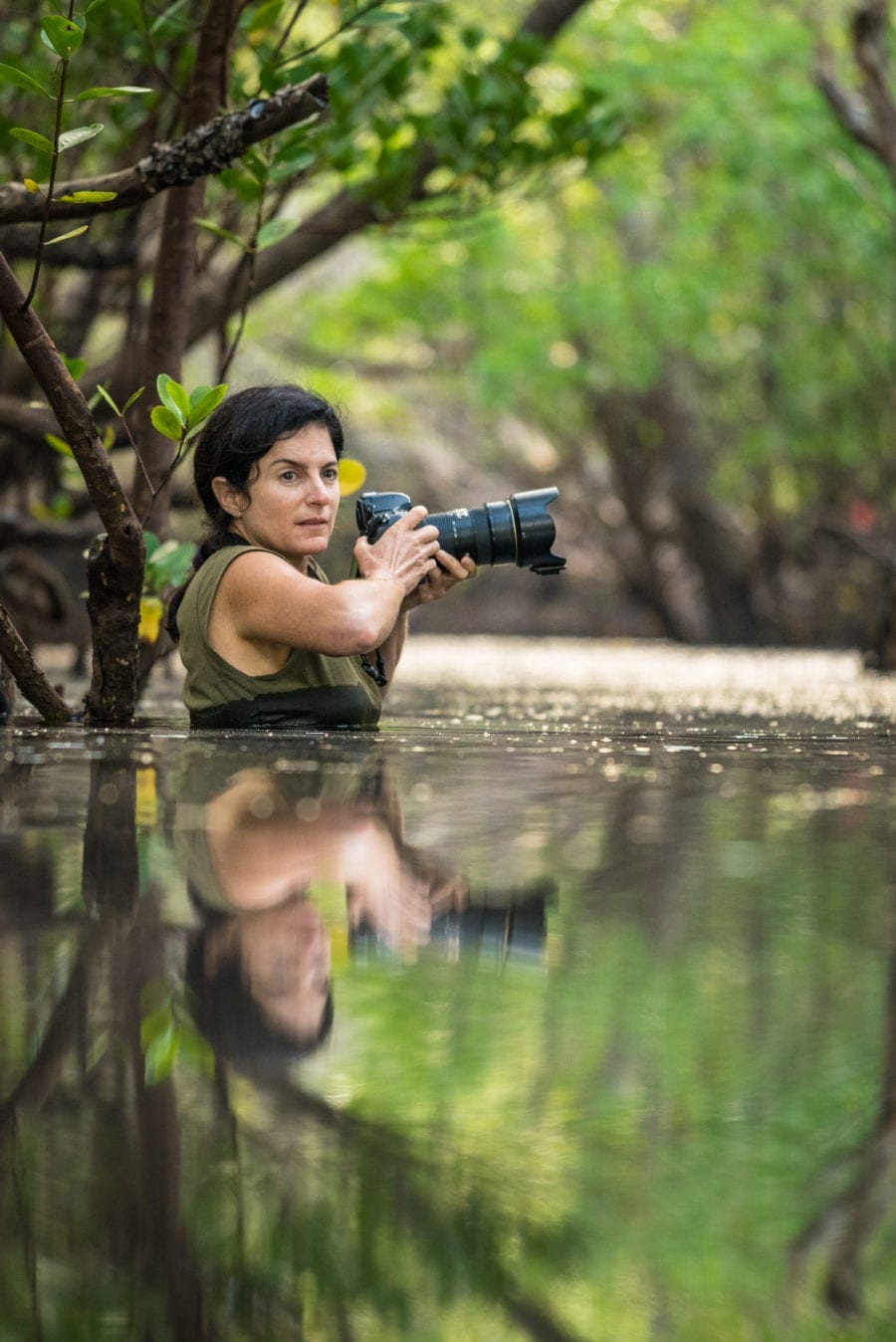
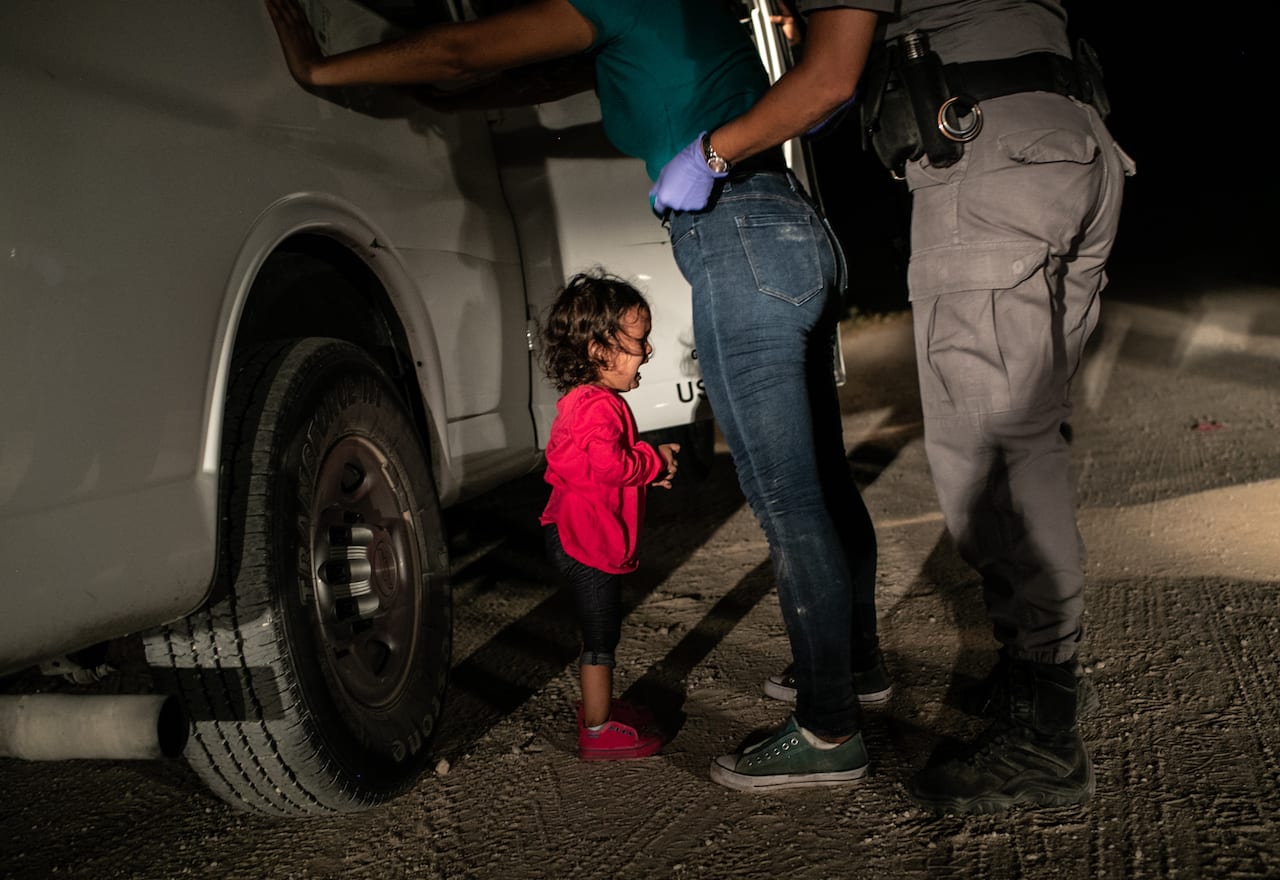
A shortlist of six images have been announced for this year’s World Press Photo of the Year, and three photographers shortlisted for a new award that celebrates visual storytelling – the World Press Story of the Year.
The six images shortlisted for World Press Photo of the Year are: Victims of an Alleged Gas Attack Receive Treatment in Eastern Ghouta by Mohammed Badra (Syria); Almajiri Boy by Marco Gualazzini (Italy); Being Pregnant After FARC Child-Bearing Ban by Catalina Martin-Chico (France/Spain); Covering the Disappearance of Jamal Khashoggi by Chris McGrath (Australia); Crying Girl on the Border by John Moore (United States); and Akashinga – the Brave Ones by Brent Stirton (South Africa).
The three nominees for the World Press Story of the Year are Marco Gualazzini (Italy), Pieter Ten Hoopen (Netherlands/Sweden), and Lorenzo Tugnoli (Italy) – making Gualazzini the first photographer to have been nominated for both the World Press Photo of the Year and the World Press Story of the Year.
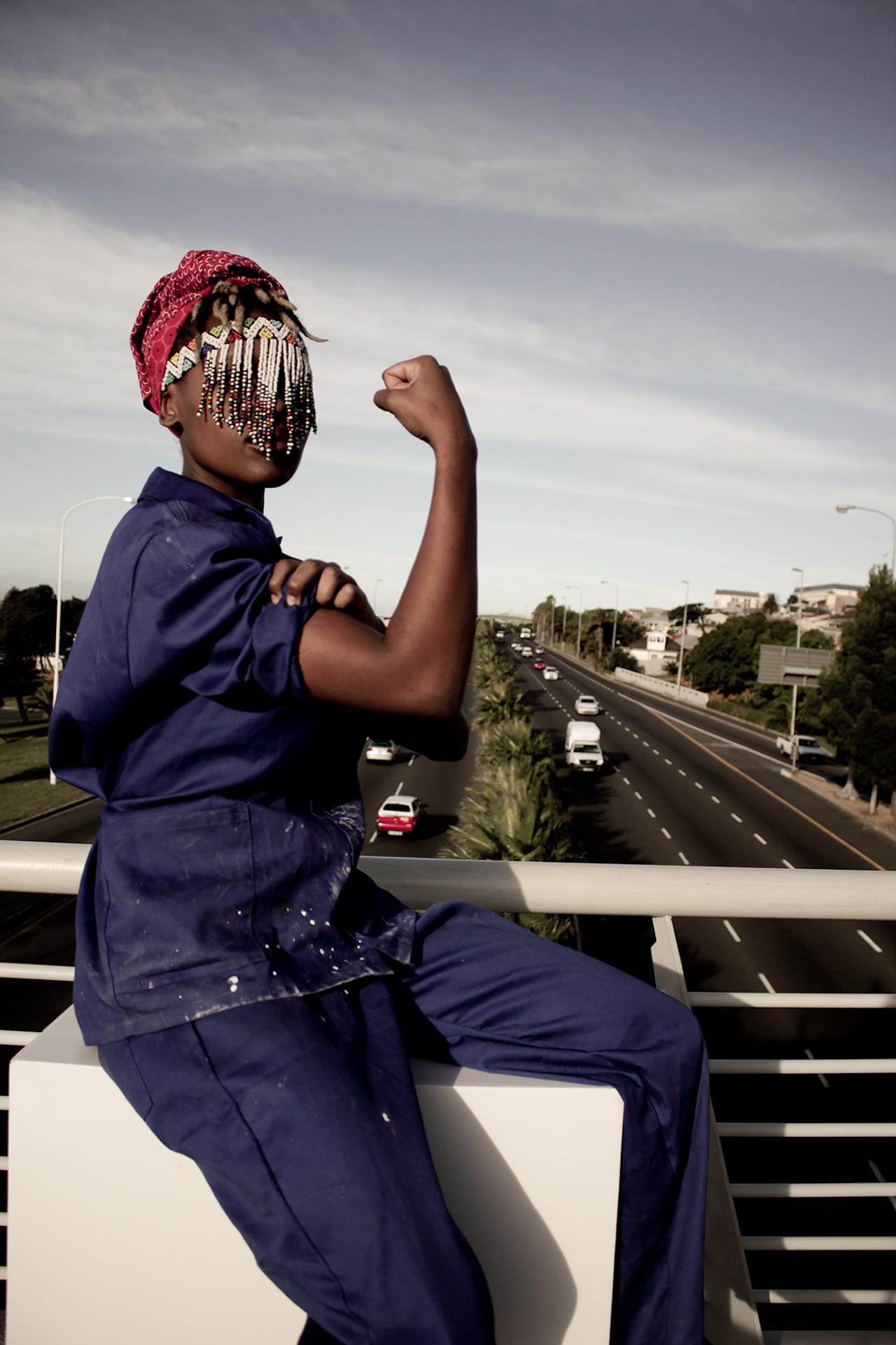
The first event of its kind in Nigeria, LagosPhoto Festival is back for its 9th edition this autumn. Themed Time Has Gone, the main show includes work by 22 artists from around the world who engage with the idea of time in various ways, from issues of archiving to nostalgia to an Afro-based future. Artists featured in the main programme include: Ola Olatunde, who’s from Nigeria; Mary Evans (Nigeria/UK); Alfredo Jaar (Chile); and Emmanuelle Andrianjafy (Madagascar); LagosPhoto has been curated by Eva Barois De Caevel, Wunika Mukan, Charlotte Langhorst, and Valentine Umansky.
In addition other spaces across Lagos will host 41 other exhibitions during LagosPhoto Festival – with the respected Market Photo Workshop, for example, hosting an exhibition of work by emerging image-makers Dahlia Maubane, Sydelle Willow Smith and Tshepiso Mazibuko. The main festival is based in The Federal Printing Press Building on Lagos Island, Lago, and in outdoor exhibitions in spaces such as Ikorodu Park and Freedom Park, while the satellite exhibitions and events will take place in institutions such as the African Artists’ Foundation, Omenka Gallery, and Gallery 16/16.
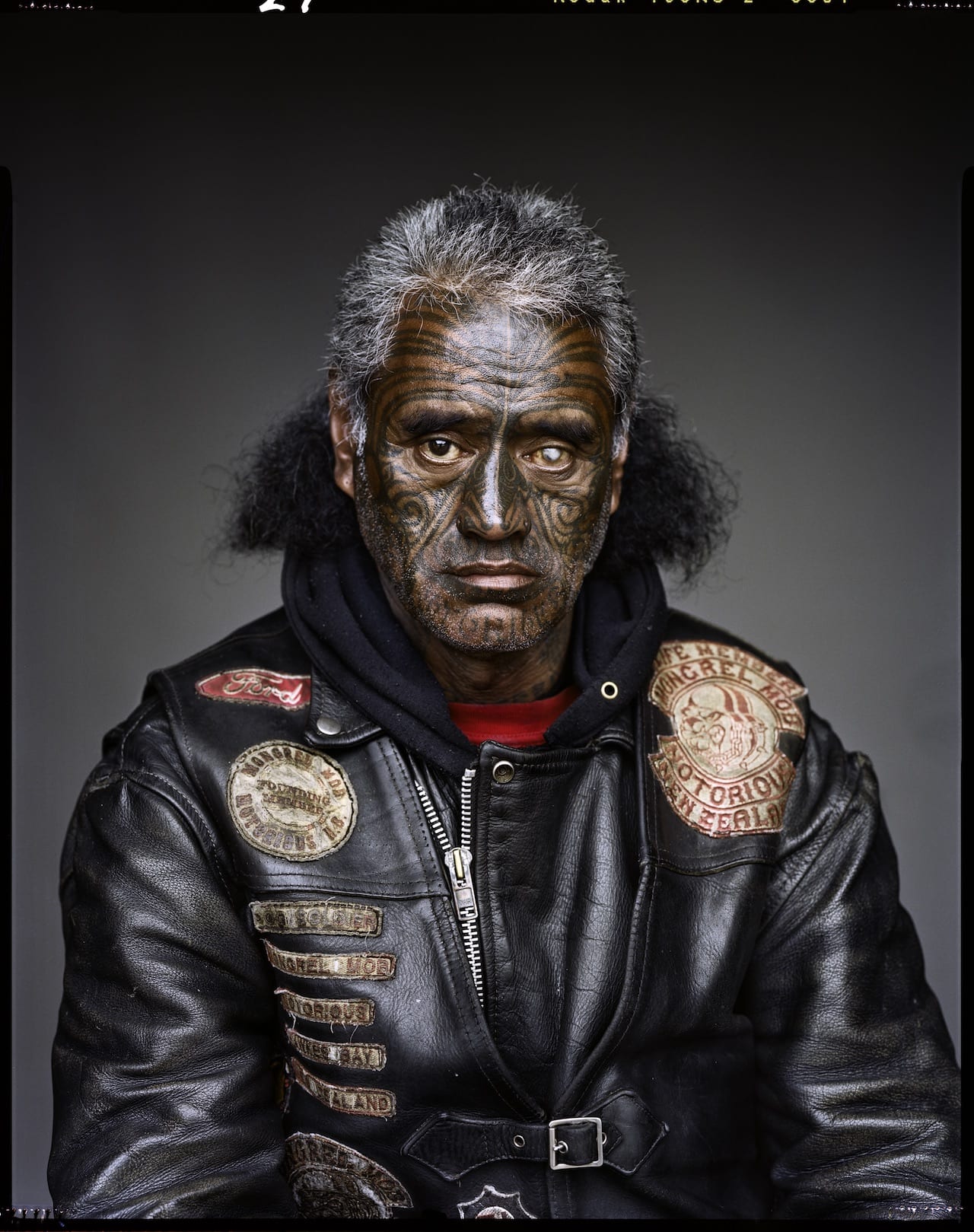
Arresting. Exquisite. Gripping. Chilling. Disgraceful. Unacceptable. These are all words people have used to describe portraits made by Jono Rotman. Created over the last decade, his project Mongrelism presents an intimate look at members of the Mongrel Mob – New Zealand’s largest, most notorious gang. Though he is looking at a subculture as an outsider – a domain regularly mined by photojournalists – Rotman eschews a traditional documentarian approach to his subject matter. In so doing, the project’s scope extends beyond the Mob itself to touch upon issues related to New Zealand’s charged colonial past and self-professed biculturalism, the politics and ethics of portraiture, and the intersections of seemingly disparate human experience.
The New Zealand-born photographer explains that since childhood, “I always felt certain violent and uneasy forces within my country”. In Lockups (1999-2005), Rotman photographed the interiors of prisons and psychiatric hospitals throughout New Zealand, exploring the medium’s ability to convey the fraught “psychic climate” embedded in these state-controlled institutions. The works are eerily devoid of people, a deliberate decision made, says Rotman, “because I wanted to encourage a direct, personal interaction with the spaces. With prisons, for example, as soon as you introduce people into the picture, it becomes easy to think, ‘Here’s the storyline: this place is for those sorts of people. And I can fit it all into my established worldview’.”
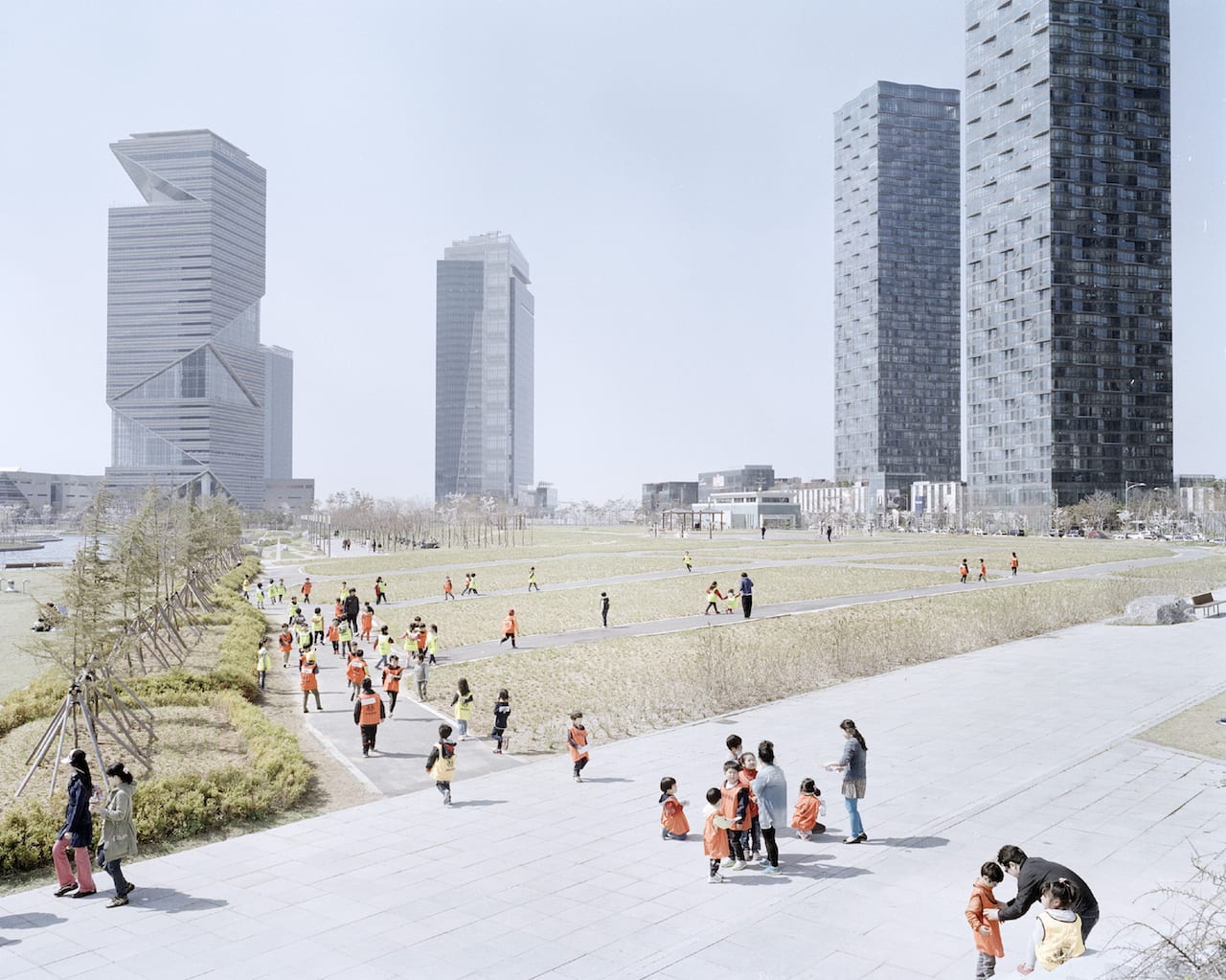
Set up 14 years ago, Getty Images’ Reportage Grant awards “front-line photojournalists from around the world for projects with a strong visual narrative”, aiming to help them pursue long-term documentary projects. This year, the three selected photographers have won with very different projects – Giulio Di Sturco with Aerotropolis, The Way We Will Live Next; Léonard Pongo with The Uncanny; and Rose Marie Cromwell with King of Fish.
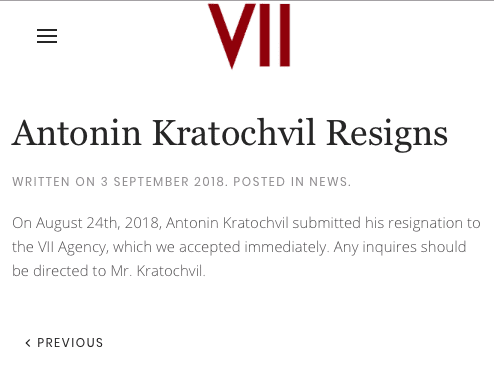
A lauded photojournalist and founding member of VII Photo, Antonin Kratochvil has left the agency…
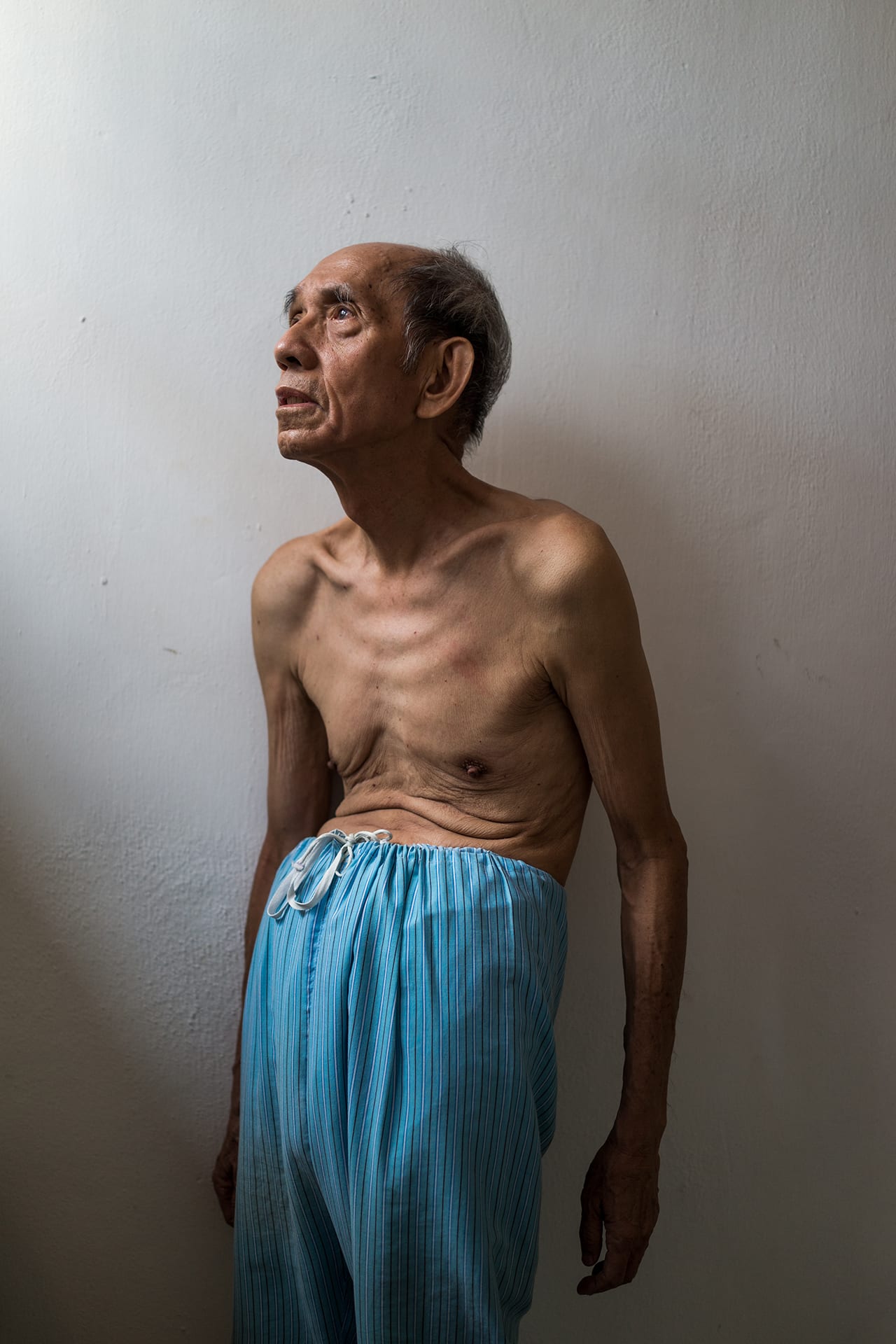
It’s disconcerting to think how years of work and effort, of countless hours spent practising and honing a skill, can be wrenched away from any of us in just a few minutes of misfortune. It’s also, for any of us used to good health, troubling to consider how reliant we are on the basic functionality of our bodies. A photographer, for example, needs to be able to hold a camera, to have the strength to frame a shot and time the click of the shutter in the heat of the moment. Shorn of that basic ability, what are we left with? Early one morning in May 2015, Sim had to face that exact question.
She was on assignment for a French newspaper, travelling to the Tumen Economic Development Zone, a government-owned complex of Chinese factories on the edge of the border with North Korea. Tumen employed North Korean labourers who, with state sanctioning, would be sent to live and work in the economic zone. The brief was to capture how North Korea and China trade. This place seemed like the perfect microcosm for that complex relationship – the makings of great pictures.
Entering Tumen with her driver and colleagues from Le Monde, she failed to spot a sign that read: “No smoking, photography, or practising driving”. As they approached the factories, the car passed a small group of women in black jumpsuits, knelt by the roadside picking weeds from the ground. Sitting in the driver’s seat with the window wound down, Sim instinctively raised her camera and fired off a couple of shots. “Almost immediately, the women turned around, ran towards the cab, and reached into the car,” she wrote in an article for ChinaFile, recounting events.

“The Garden Gate Project has a reputation in my neighbourhood,” says Jason Evans, who has just published a zine with participants from the Margate-based charity. “Established almost 20 years ago for people with learning difficulties and/or mental ill health, the Garden Gate Project is visited by various members of the community for a range of seasonal activities.” He was volunteering there two years ago when the organisers realised he was a photographer, and invited him to come up with ideas for the programme, which centres mainly on Horticultural Therapy. His first project with GGP was Tool Shed Dark Room, which saw Evans improvising with participants “without mains electricity or an enlarger to make photograms using materials from the garden”.
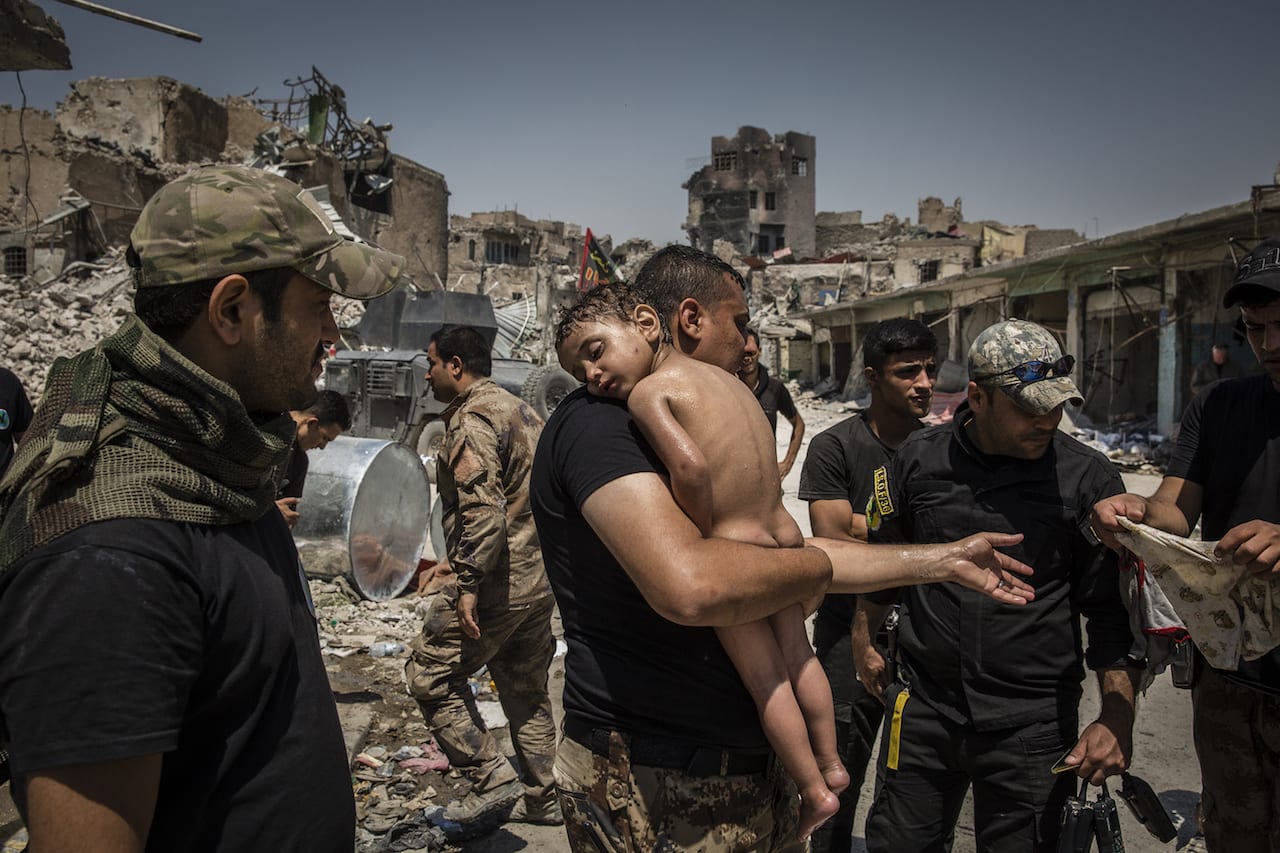
“If you are asked to think what is the photo of the year, you have to try to have something about the events of that year, and that sends you to a news or documentary photography,” says Magdalena Herrera, director of photography for Geo France and chair of the jury for the 2018 World Press Photo Contest. “But we were looking for a point of view, the photographer’s point of view. We weren’t looking for an opinion, but for images in which someone had been able to take the photographic tool to envisage their part. Even if you are a documentary photographer, you choose the moment when you take the shot. YOU are the one reporting.